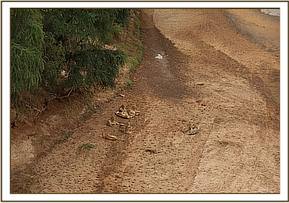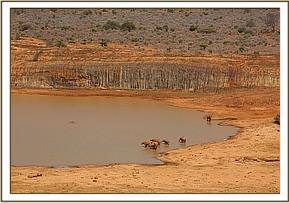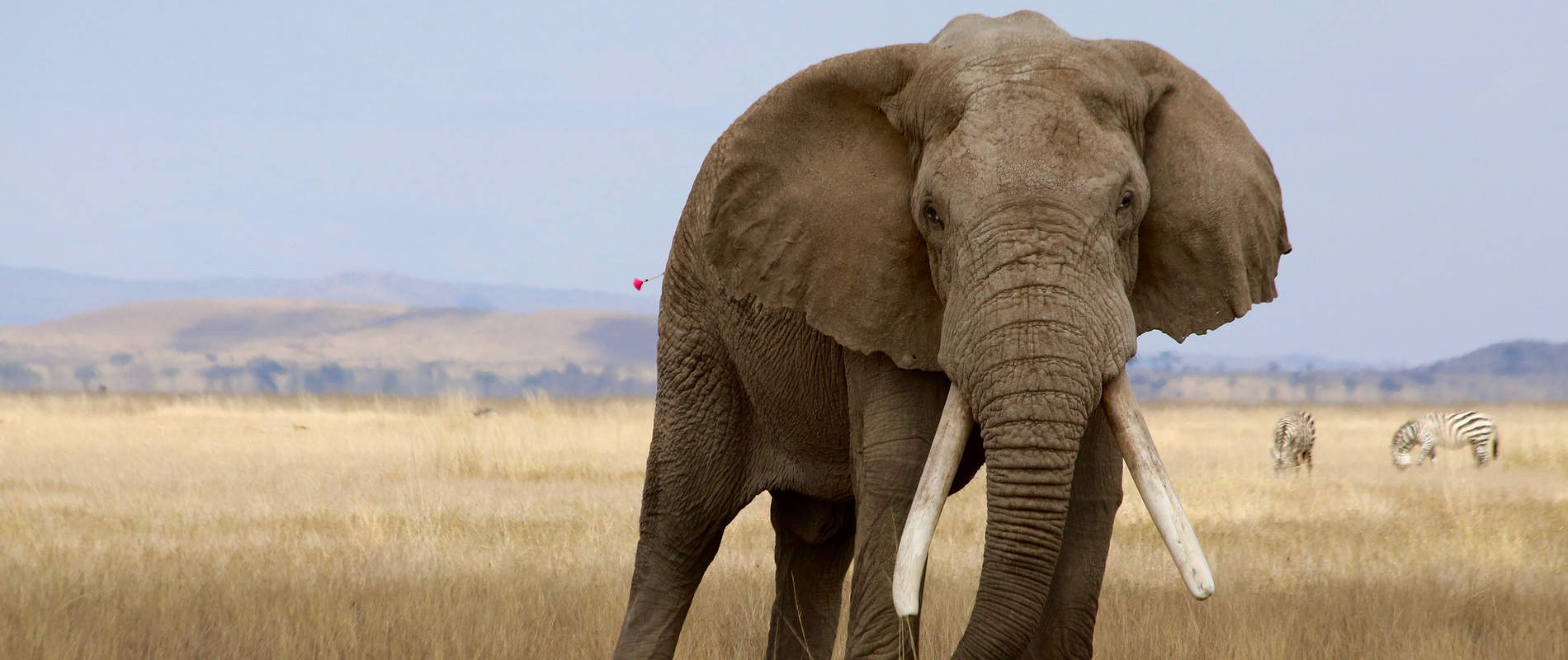The month of June saw the last of the waterholes dry up with animals beginning to congregate around the few permanent water sources in Tsavo
The month of June saw the last of the waterholes dry up with animals beginning to congregate around the few permanent water sources in Tsavo. Towards the end of the month there already seemed to be limited forage left and several elephants were sighted in visibly diminished condition. There have also been cases of mortalities linked to malnutrition observed by the mobile veterinary team. Despite drought worries large herds of elephants, many with playful young calves were a joy to see from the skies over the Tsavo Conservation Area during the month, whilst it was also hugely encouraging to see healthy prides of lions.


Poaching activities in June were thankfully relatively low, especially considering the dry conditions, which can exacerbate illegal activities. However, the Aerial Unit was involved in two veterinary cases to treat elephants that had been shot with poisoned arrows in the Ithumba area in the first half of the month. Both elephants were successfully treated and given a good prognosis due to timely response from the ground teams and veterinary units.
Generally, elephants venture out of the Parks and into communities when crops are nearing harvest, but this month few crops are being grown due to the poor rains, yet elephants and signs of elephants have been sighted on multiple occasions as far as 20 km into community land. There is a significant risk of human-wildlife conflict during times like these. When injuries or death occurs from such conflict in the communities, retribution is often swift and can result in the death of several elephants. The Aerial Unit, therefore, has been very active in pushing wandering elephants back into the protected areas, either by helicopter or fixed wing aircraft with support from the ground teams.


Even when dry the greater Tsavo area offers spectacular scenery and wildlife encounters, especially with backdrops such as the Yatta Plateau and Mudanda Rock, which offers plentiful water for Tsavo East’s elephants and a plethora of other species. In June special sightings included rhinos in Tsavo West, the hirola, also known as Hunter's hartebeest, which is a Critically Endangered antelope species as well as some very intimidating honey badgers, who did not like the looks of the Supercub!
